Legal corridor bottlenecks
At the Agriculture 2025 forum with the theme "Promoting circular economy in agriculture" on July 16 in Hanoi, Mr. Nguyen Tri Ngoc - Vice President and General Secretary of the Vietnam General Association of Agriculture and Rural Development gave in-depth analysis of the bottlenecks that are holding back the industry's sustainable development potential.
Mr. Nguyen Tri Ngoc affirmed that the circular economy (CEE) is an inevitable trend, the result of a strong shift in awareness and action in our country's agricultural sector over the past decade. Recognizing that importance, the Government has issued important policies, demonstrating a strategic vision such as Decision 687/QD-TTg on the Circular Economy Development Project, and most recently Decision 540/QD-TTg dated June 19, 2024, approving the Project on developing science and technology to promote CEE in agriculture.
“Positive transformation must be a transformation of the agricultural economic model. To do that, the role of science, technology and innovation is very important,” the Vice President of the Vietnam General Association of Agriculture and Rural Development emphasized.
However, experts have raised a big question about the gap between policy and practice: what is the role of science and technology in reality and what impact does it have?
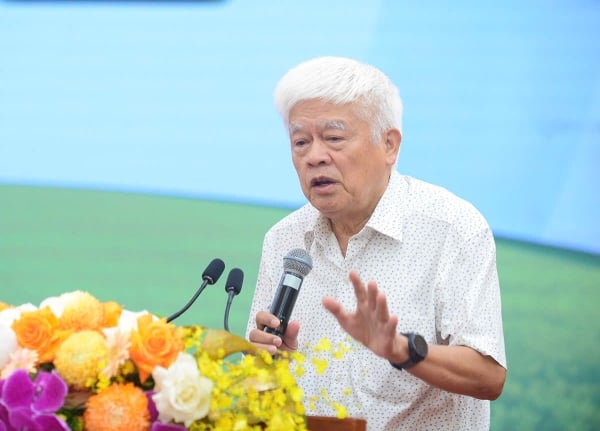
To clarify this concern, he quoted the sharing of Minister of Science and Technology Nguyen Manh Hung at the recent summary of the first 6 months of the year of the Ministry.
“Of the 25,000 billion VND spent on science and technology, innovation and digital transformation, up to 80% is used to build facilities and purchase machinery. Only the remaining 20% is actually spent on proposing and implementing research and innovation tasks.”
According to Mr. Ngoc, this is an alarming situation, showing that investment resources have not focused on the core of creating knowledge and innovation. There needs to be a different perspective to act, avoiding a repeat of this situation in the last 6 months of the year and the whole year 2025 – a highly anticipated year of Resolution 57 and Resolution 68.
Explaining the inefficiency in investment, Mr. Ngoc pointed out the underlying cause comes from bottlenecks in the legal corridor. The process of building and perfecting laws is very slow, and when issued, they do not meet the requirements of practice.
He cited the revision of two important framework laws, the Law on Technical Standards and Regulations and the Law on Product and Goods Quality. Despite many workshops, the final revision was still very general, pushing most of the responsibility for detailing to the Government's Decrees. This approach caused the policy to continue to "mark time".
This directly affects KTTH, because "we cannot build national criteria and standards for a model without practical implementation and testing".
Allow piloting of circular model
To remove these barriers, Mr. Nguyen Tri Ngoc has proposed a series of breakthrough solutions, rooted in practice.
Firstly, it allows localities to access science and technology in a flexible way, creating conditions for building experimental models. Through these models, localities can propose and complete a set of technical criteria, thereby serving as a basis for replication and standardization later.
Second, it is necessary to create conditions for agricultural entities to access “green capital”. Currently, the majority of small and medium enterprises and farming households are facing many difficulties in accessing this financial source. There needs to be more specific and in-depth policies so that capital can flow properly into circular economy projects, because any production model needs capital to start and develop.
Finally, it is necessary to strongly promote linkage policies. Vietnam's agriculture is still fragmented and scattered. Therefore, encouraging linkages in production, processing and consumption in a circular cycle is an urgent requirement to improve efficiency and create a combined strength, helping Vietnamese agricultural products stand firm in the context of integration.
Source: https://doanhnghiepvn.vn/cong-nghe/nong-nghiep-xanh-de-khoa-hoc-cong-nghe-khong-lo-nhip-voi-thuc-tien/20250717100937113



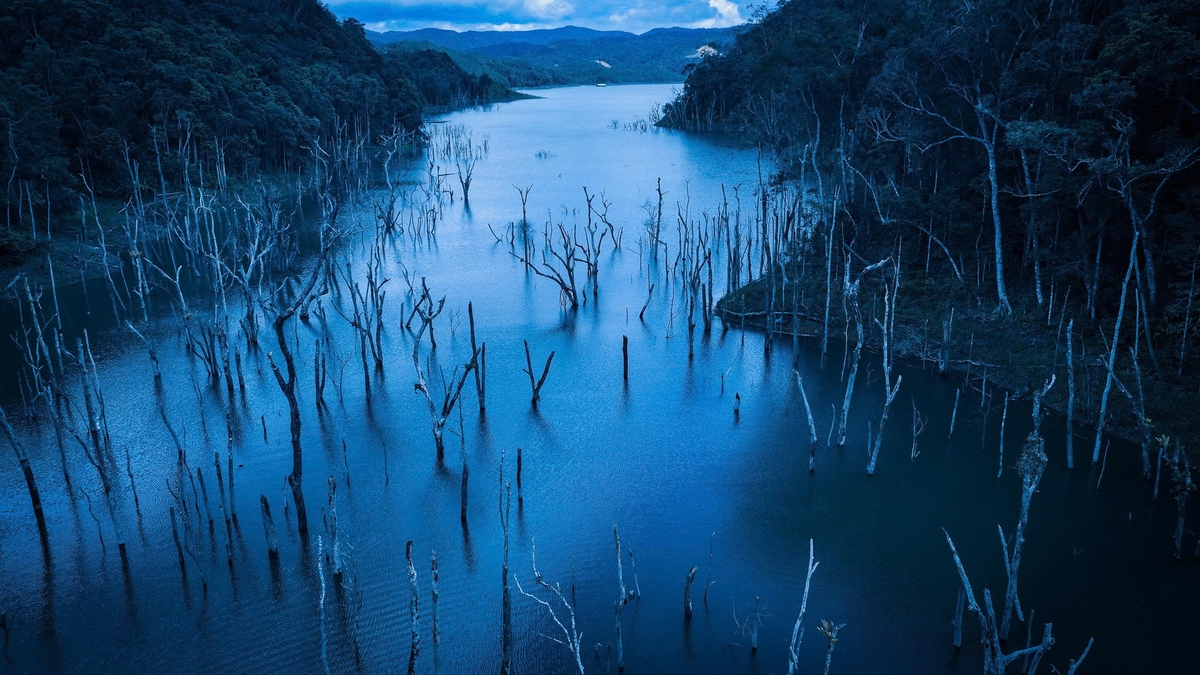




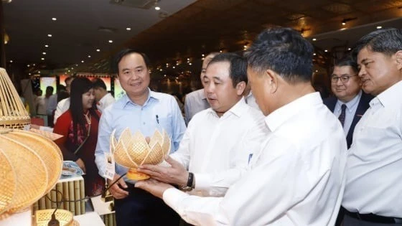

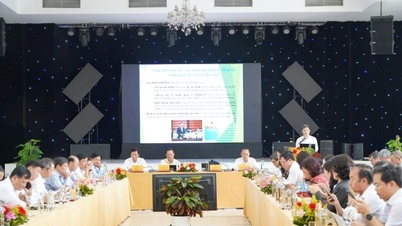
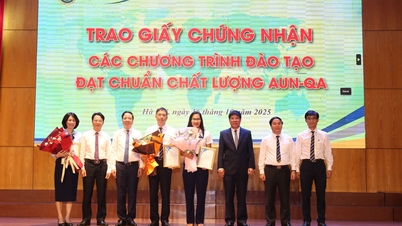

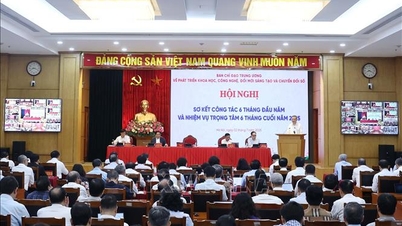
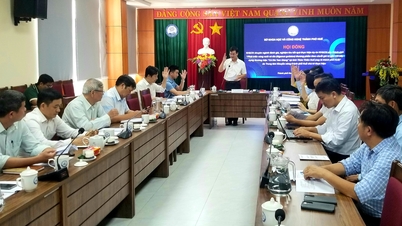

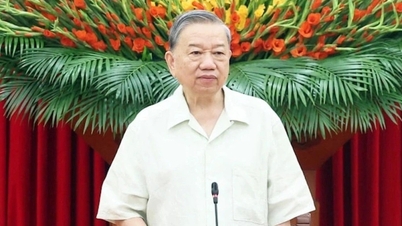



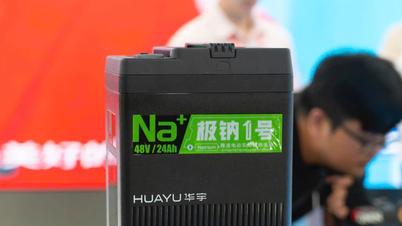









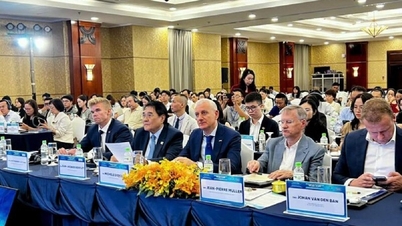


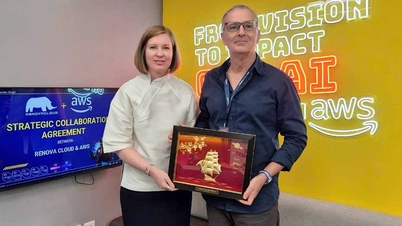

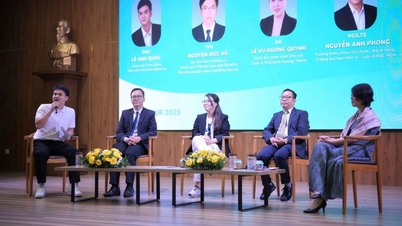
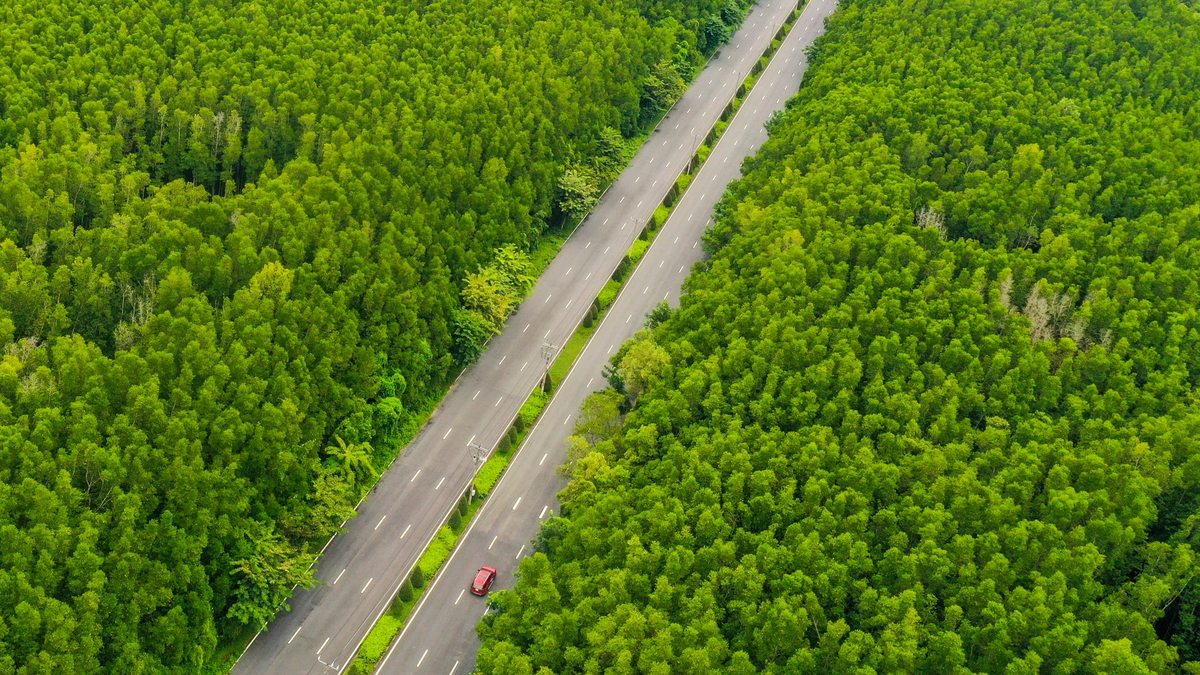
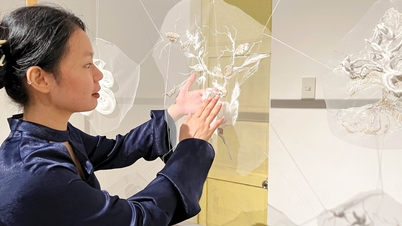
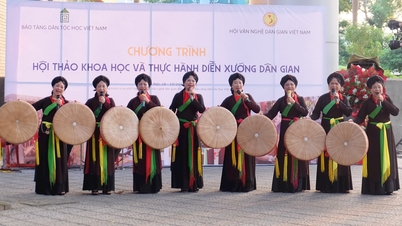

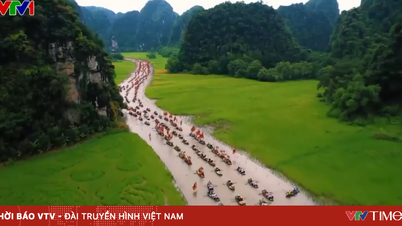

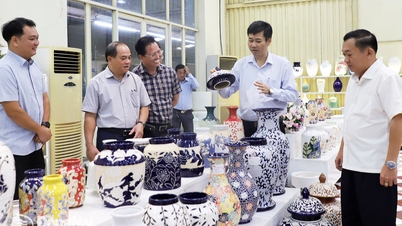

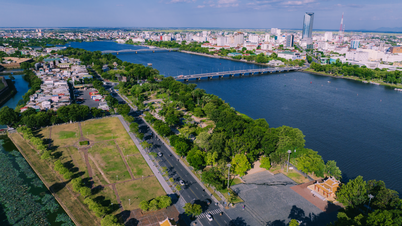





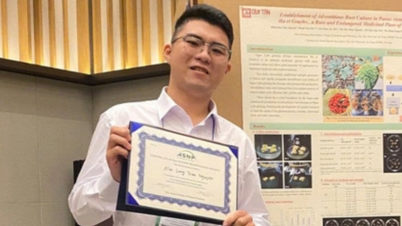

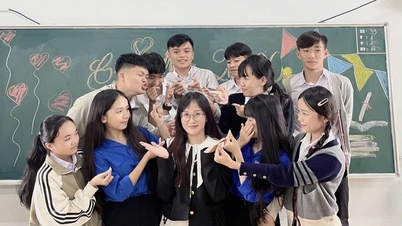

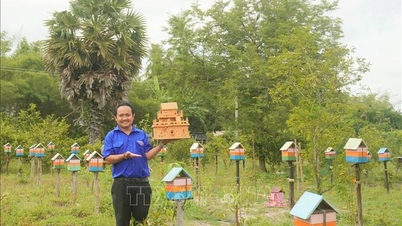
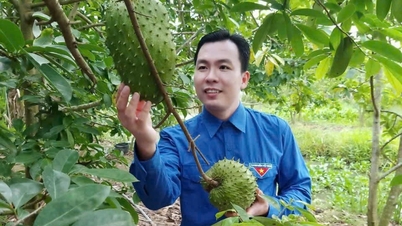
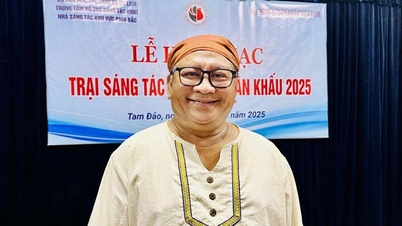

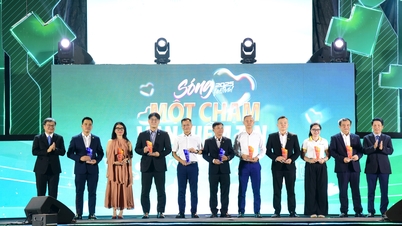



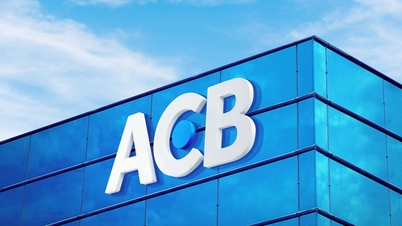
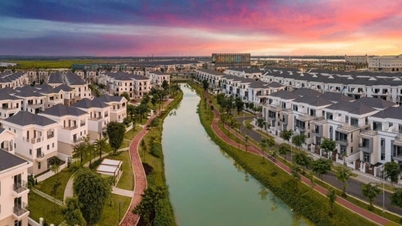
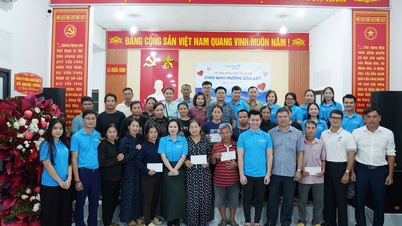


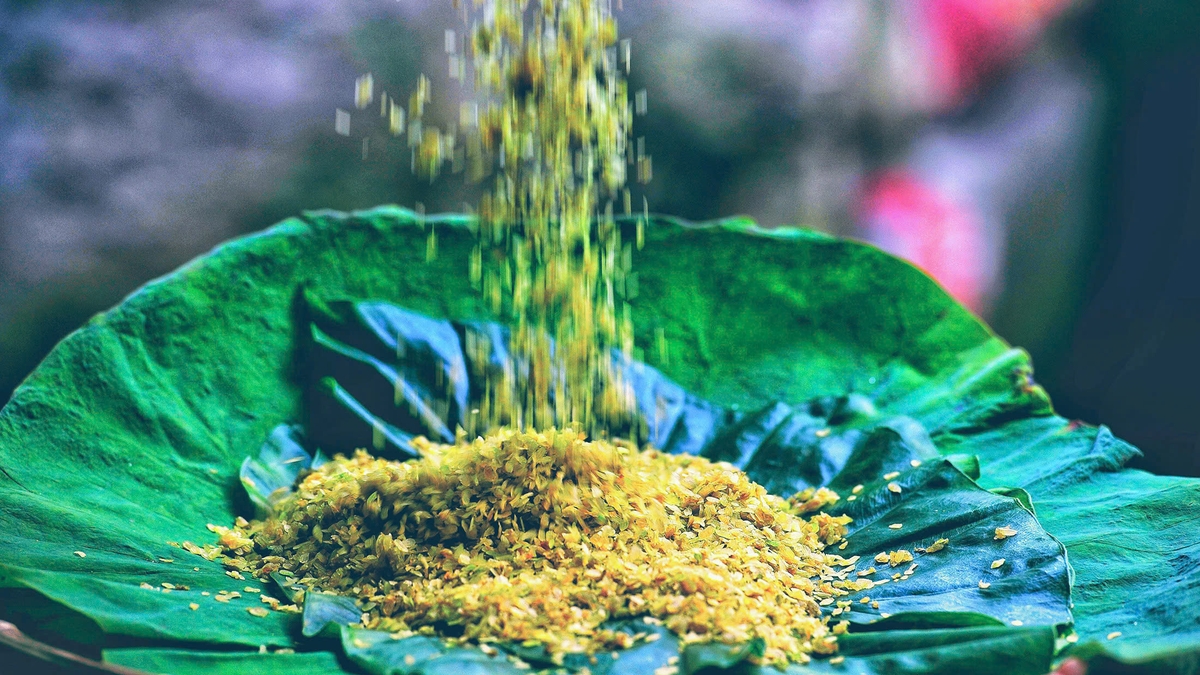
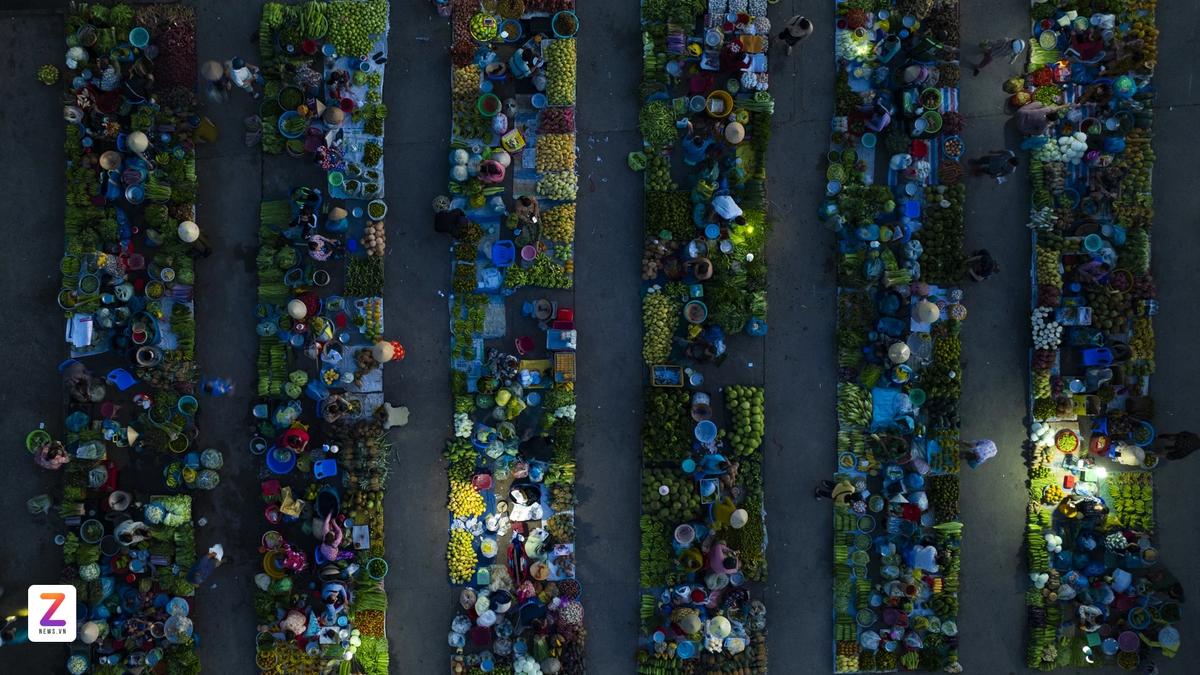


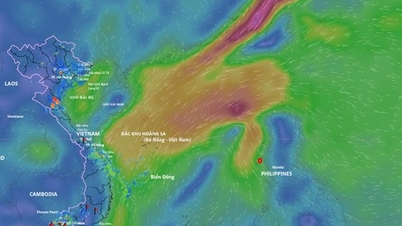

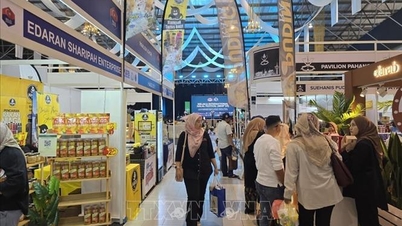
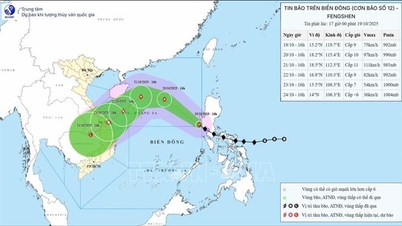

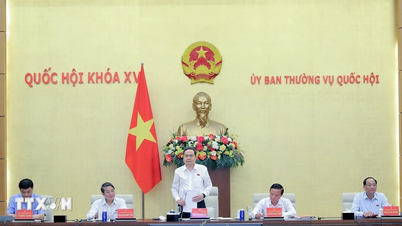



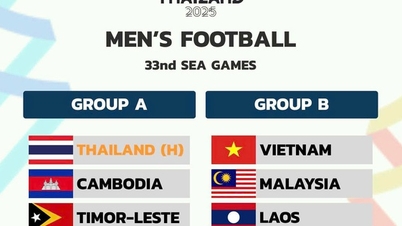

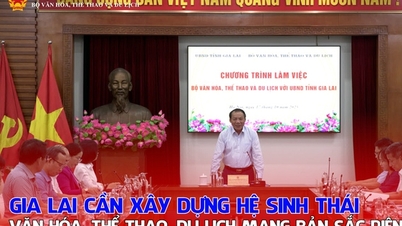

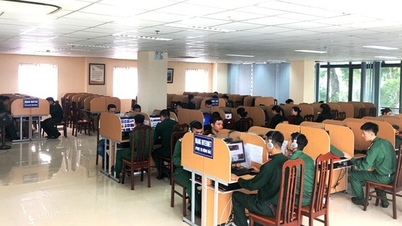




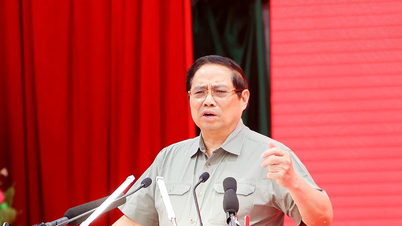



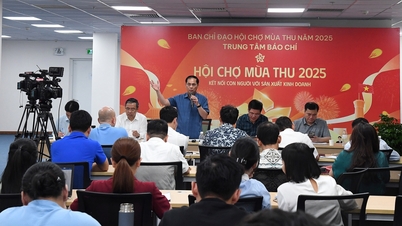

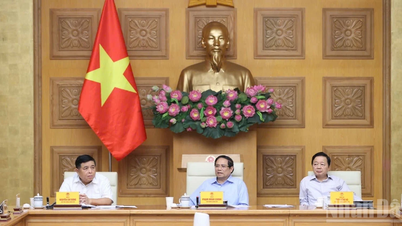

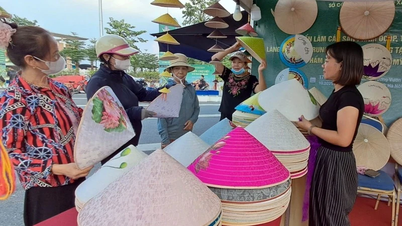
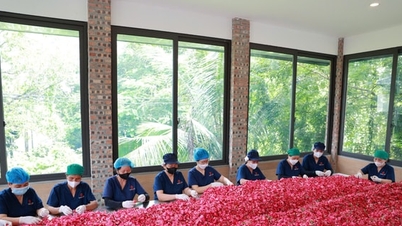

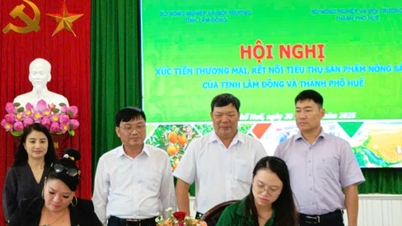






Comment (0)